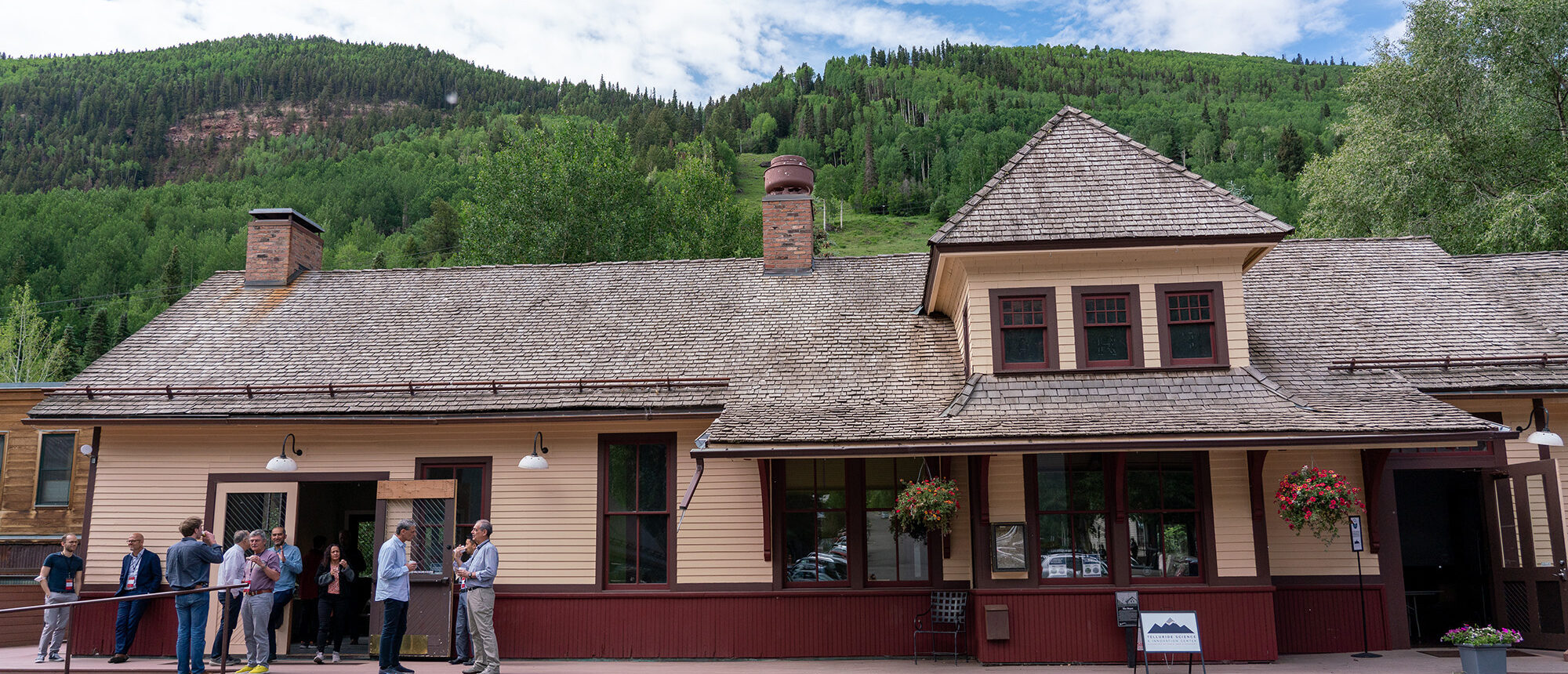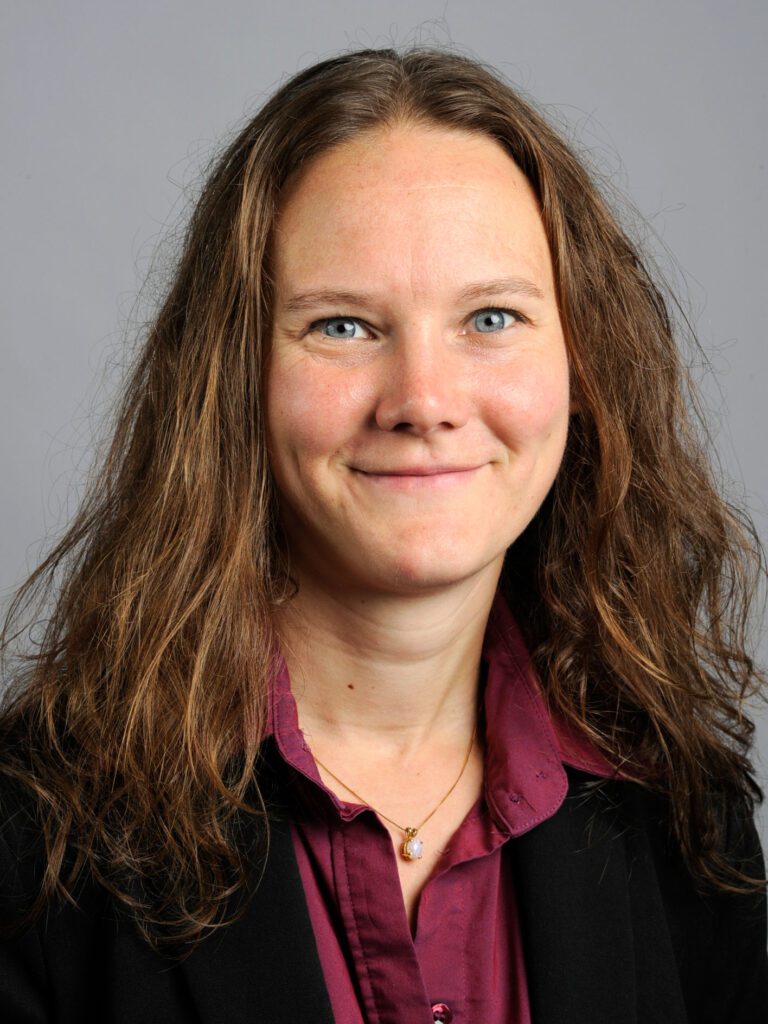

Municipalities nationally are grappling with compounding challenges of aging infrastructure, environmental injustices, and evolving visions of citizens for what it means to live in an urban environment. Prioritizing projects, such as infrastructure redesign or new ways to operate existing systems, in an equitable and impactful way first requires an understanding of what is actually being experienced in the city and how much conditions vary from – and importantly within – neighborhoods. Our ability to characterize the urban environment – such as urban heat island, noise, or air pollution hotspots – has lagged behind data collection for things like traffic and transportation systems, meaning it cannot yet be included in decision making with variables like safety and cost in an apples-to-apples way. This talk will introduce the design ideas behind several collaborative projects, comprised of cross disciplinary teams and working with municipalities and communities, that are working toward bridging this gap.